
Zoysia tenuifolia זואיסיה דקתעלים, Korean velvet grass Ramat Hanadiv
Korean velvet grass is a perennial, warm-season turf ideal for embankments, rockeries, pots, and between pavers or stepping stones. The grass is native to Korea and Southeast Asia and doesn't require mowing. It forms unique, finely textured mats and moss-like mounds and has soft and fine emerald-green leaves.

Took a while but my Korean Velvet Grass is finally filling in landscaping Zoysia grass, Deck
Overview Creeping perennial grass Provides mossy oriental effect Useful in low-maintenance areas Among the finest-textured grasses Community Q & A Shop lowe's 1-flat korean velvet grass in tray (l2909)Lowes.com

IMG_5052 Korean velvet grass is my favourite type of grass… kbeilz Flickr
This feather reed grass is medium sized at only 3 to 4 feet (1 m.) tall. It is a mounding grass with deeply green blades up to ¼ inch (6 mm.) wide. In fall the foliage turns a light yellow, accenting the plumed inflorescences. In late summer, pink fluffy blooms rise above the foliage.
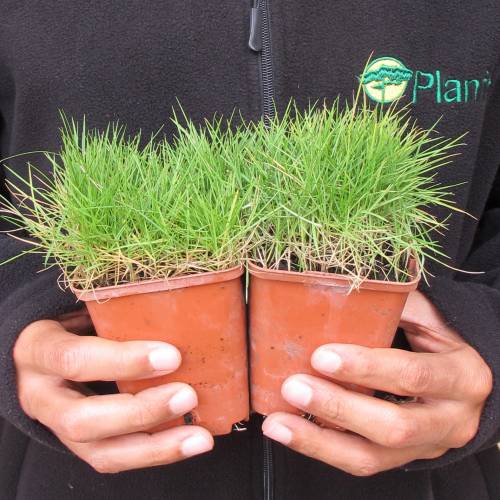
Korean Velvet Grass, Zoysia buy Korean Velvet Grass, Zoysia / Zoysia tenuifolia
November 15, 2011 I came across this image of Korean Velvet Grass (Zoysia tenuifolia) blanketing a front yard. The plant was mentioned for its turf like appearance, drought tolerance and beauty when left un-mowed. Hardy in zones 9-11, this plant would not thrive in Central Ohio but would be great used in the South and South West.
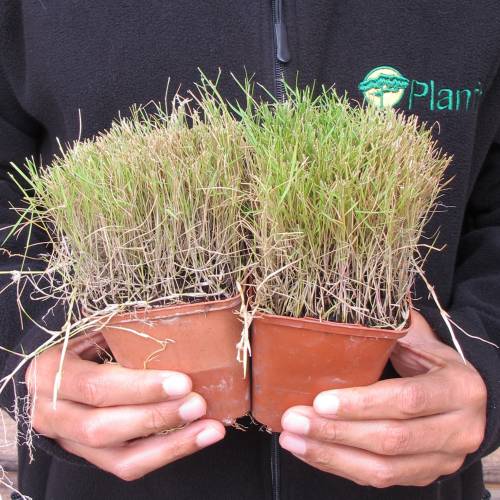
Korean Velvet Grass, Zoysia buy Korean Velvet Grass, Zoysia / Zoysia tenuifolia
Velvetgrass can be identified as a velvety perennial grass—or grassy weed—that is grayish-green in color. Its ligule is medium to tall, jagged at the top and hairy on the back. Its collar is continuous, hairy and narrow. Velvetgrass also features compressed sheaths that are densely hairy with pink nerves. Its pointed blades are flat, soft.

Korean Velvet Grass Zoysia Tenuifolia Ground cover plants, Lawn turf, Grass plants
Korean velvet grass. Other common names mascarene grass. Synonyms. Save to My plants. Learn more about My Garden . Join the RHS. Become an RHS Member today and save 25% on your first year. Join now. Botanical details. Family Poaceae Native to the UK No Potentially harmful Genus. Zoysia. Name status. Correct.

Korean Velvet Grass ubicaciondepersonas.cdmx.gob.mx
1. Choose the Right Location: Korean Grass thrives in sunny areas, so select a spot in your yard that receives at least 6-8 hours of direct sunlight each day. 2. Soil Preparation: Prepare the soil by removing weeds, rocks, and debris. Loosen the soil using a garden fork or tiller to a depth of about 4-6 inches.
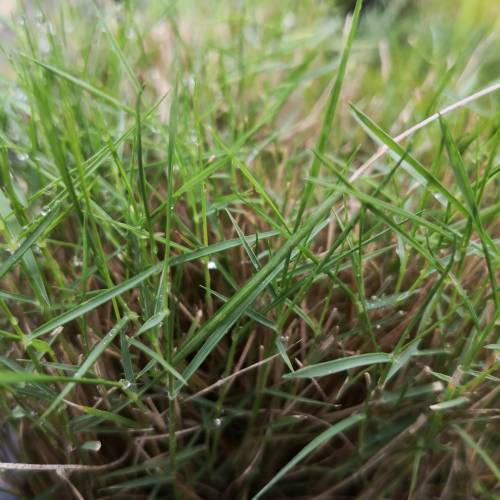
Korean Velvet Grass, Zoysia buy Korean Velvet Grass, Zoysia / Zoysia tenuifolia
It is more commonly known as "Korean Velvet Grass" or "No Mow Grass". It is the finest textured of the three. It has very fine, wiry leaf blades and form dense, fluffy mounds making it an ideal architectural plant. (Emerald zoysia another popular zoysia grass. It is a hybrid variation between Zoysia japonica and Zoysia tenuifolia released in 1955.

Zoysia tenuifolia Korean Velvet Grass, aka No Mow Grass, aka Mascarene Grass, aka Temple Grass
The variety is known under several names including Mascarene grass, Korean/Japanese velvet grass, Temple grass, No mow grass, Kourai grass and even Petting grass (as people like to touch it)! Zoysia tenuifolia grows very slowly to about 10cm in height making it ideal for alternative lawns or on slopes.
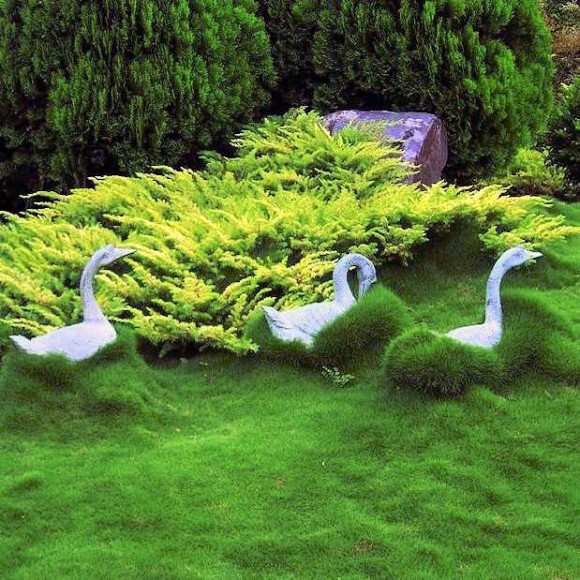
Korean No Mow Grass PITH + VIGOR
1. Korean Velvet Grass No-Mow Grass Korean Velvet Growing Conditions: Ornamental grass with a slow growth rate, requires less water, fertilizer, and thatch. Plant grass plugs in loam soil in spring, summer, fall or winter Mowing Need: Once or twice a year Places Fit for its Growth: Verges, slopes, and courtyards 2.

Korean Velvet Grass Small front yard landscaping, Small front garden ideas no grass, Backyard
Botanical Name: Zoysia tenuifolia. Common Name: Korean Velvet Grass. A deeply-rooted turf grass that forms dense, slow-spreading mounds. Leaf blades are short, very finely-textured, and deep green. Foliage turns brown regularly to less than 1 inch. USDA Zone: Zones 8 - 11. Sunset Zone: Zones 8, 9, 12 - 24; H1, H2. Mature Height: 1 - 5 inches.

NO MOW GRASS Zoysia tenuifolia turf groundcover lawn plants.. Min Mow, Korean Velvet Grass and
Updated on 07/13/22 The Spruce / Adrienne Legault In This Article Care Varieties Growing From Seeds Common Pests & Diseases Frequently Asked Questions Homeowners who want a lush warm-season turf grass that tolerates drought and foot traffic without needing large amounts of fertilizer can meet these needs with a zoysia grass ( Zoysia spp.) lawn.

Korean Velvet Grass Galleries Tranquil Havens
Korean lawngrass (Zoysia japonica), also known as Japanese lawngrass and typically grouped with other Zoysia species as zoysiagrass, is a warm season, sod-forming perennial grass used for lawns. Zoysiagrass has a low-growing, dense and dark green appearance, as well as low water and mowing requirements.

Korean Velvet Grass Zoysia Tenuifolia Grass, No mow grass, Growers
Find the deal you deserve on eBay. Discover discounts from sellers across the globe. No matter what you love, you'll find it here. Search Korean velvet grass and more.

Vibrant and juicy clumps of Korean velvet grass Zoysia tenuifolia or zoysiagrass , ad, clumps
Zoysia tenuifolia Thiele - mascarene grass, Korean velvet grass [10] Cultivation and uses Because they can tolerate wide variations in temperature, sunlight, and water, zoysia are widely used for lawns in temperate climates. They are used on golf courses to create fairways and teeing areas.
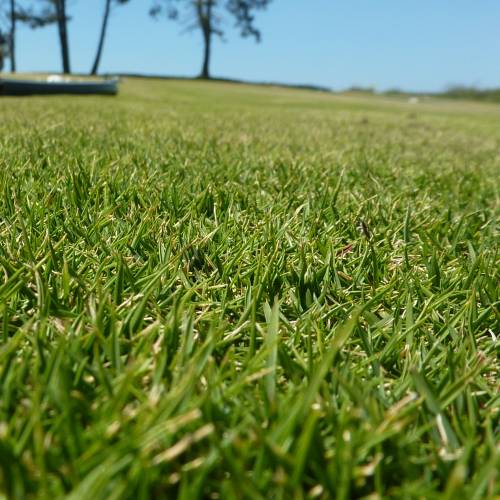
Korean Velvet Grass, Zoysia buy Korean Velvet Grass, Zoysia / Zoysia tenuifolia
The third species of Zoysia used for turf is called Korean velvet grass or Mascarene grass, Zoysia tenuifolia. It is a very fine textured species, but is the least cold tolerant of the three species. Zoysia tenuifolia is native to the Far East and was introduced in the U.S. from the Mascarene Islands.